
| Flame Sedge-skipper (one synonym : Telesto dispar Kirby, 1893) TRAPEZITINAE, HESPERIIDAE, HESPERIOIDEA | (donherbisonevans@yahoo.com) and Stella Crossley and Pat & Mike Coupar |
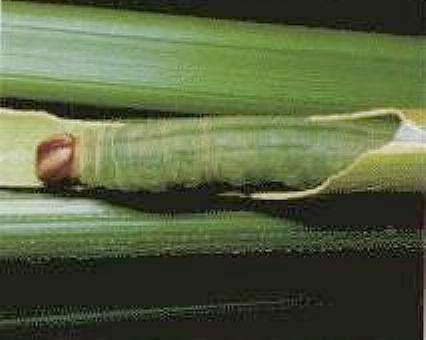
(Photo from:
"Flying Colours", Coupar & Coupar, 1992)

| Flame Sedge-skipper (one synonym : Telesto dispar Kirby, 1893) TRAPEZITINAE, HESPERIIDAE, HESPERIOIDEA | (donherbisonevans@yahoo.com) and Stella Crossley and Pat & Mike Coupar |

(Photo from:
"Flying Colours", Coupar & Coupar, 1992)
This is a smooth pale green Caterpillar with a dark dorsal line and a pale brown head. The Caterpillar grows to a length of about 3.5 cms. It lives in a tubular leaf shelter on its foodplant by day, feeding at night.
It has been found feeding on various Sword Grasses ( CYPERACEAE ) :
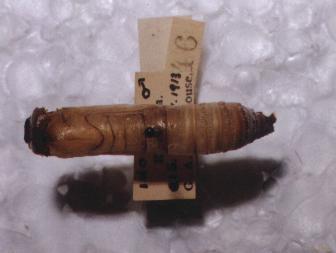
It pupates in its tubular shelter. The pupa has a length of about 2 cms.

The adult butterflies are brown, with white spots on the forewings, orange marks on the hind wings, and a wingspan of about 4 cms. The males have rather larger markings than the females, and a thin black line across most of each forewing.
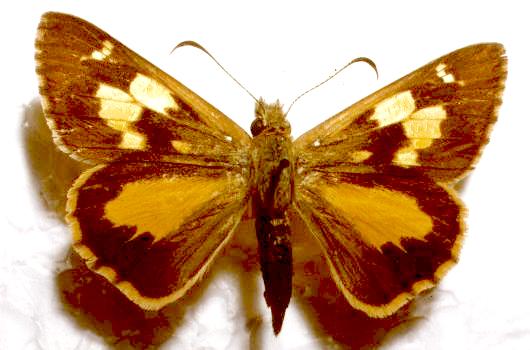
The underside is pale brown, with black and white markings on the forewings. The males are plain pale brown under the hindwings, but the females are pale brown with an arc of several small black-encircled spots under each hindwing.
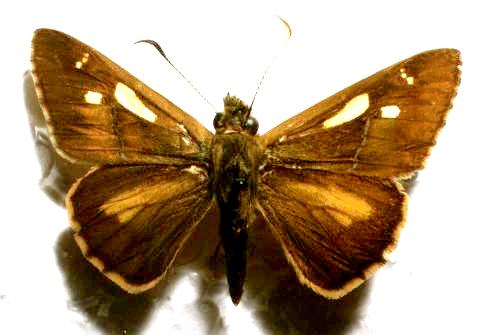
Eggs are pale yellowish-green and are dome-shaped with about 30 microscopic ribs. As hatching approaches, patches of other colours develop. The eggs have a diameter of about 1 mm. The eggs are laid singly on leaves of a foodplant.

The species is found along the south-eastern seaboard of Australia as two races :
in
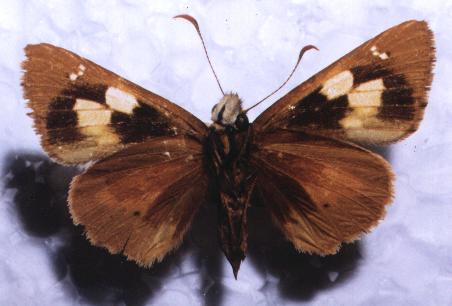
Further reading :
Michael F. Braby,
Butterflies of Australia,
CSIRO Publishing, Melbourne 2000, vol. 1, pp 151-152.
William Henry Miskin,
Note on some undescribed Australian Lepiodoptera (Heterocera),
Proceedings of the Royal Society of Queensland,
Volume 6 (1889), p. 152.
 caterpillar |  butterflies |  Lepidoptera |  moths |  caterpillar |
(updated 6 March 2013,5 January 2024)